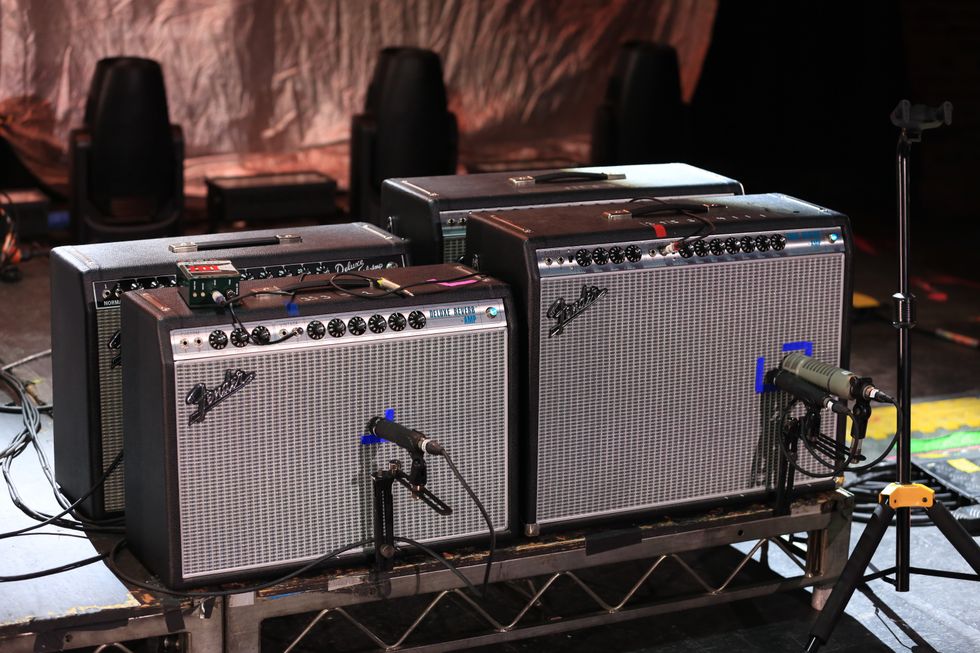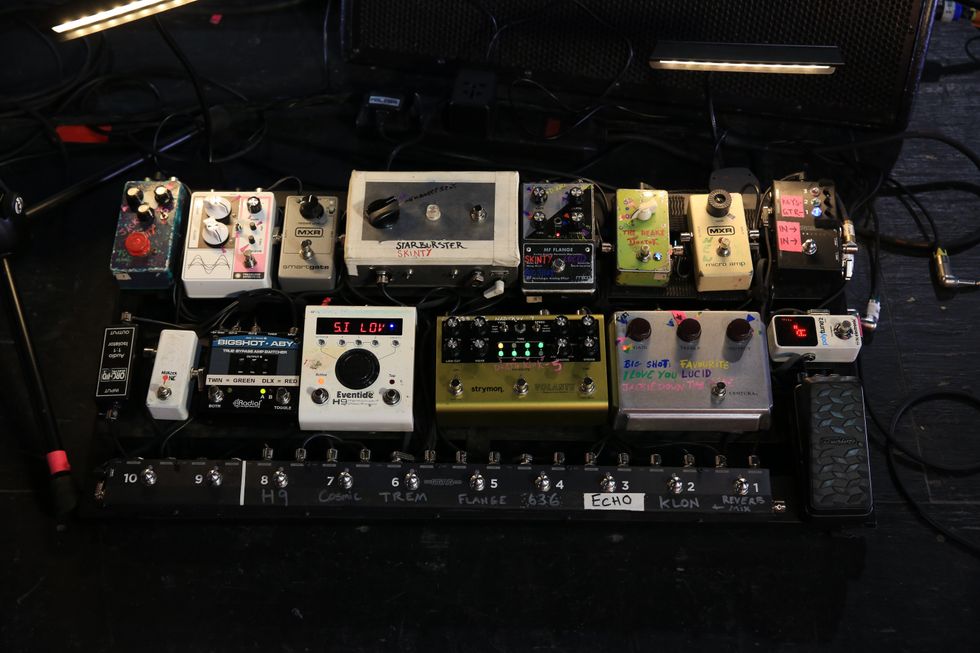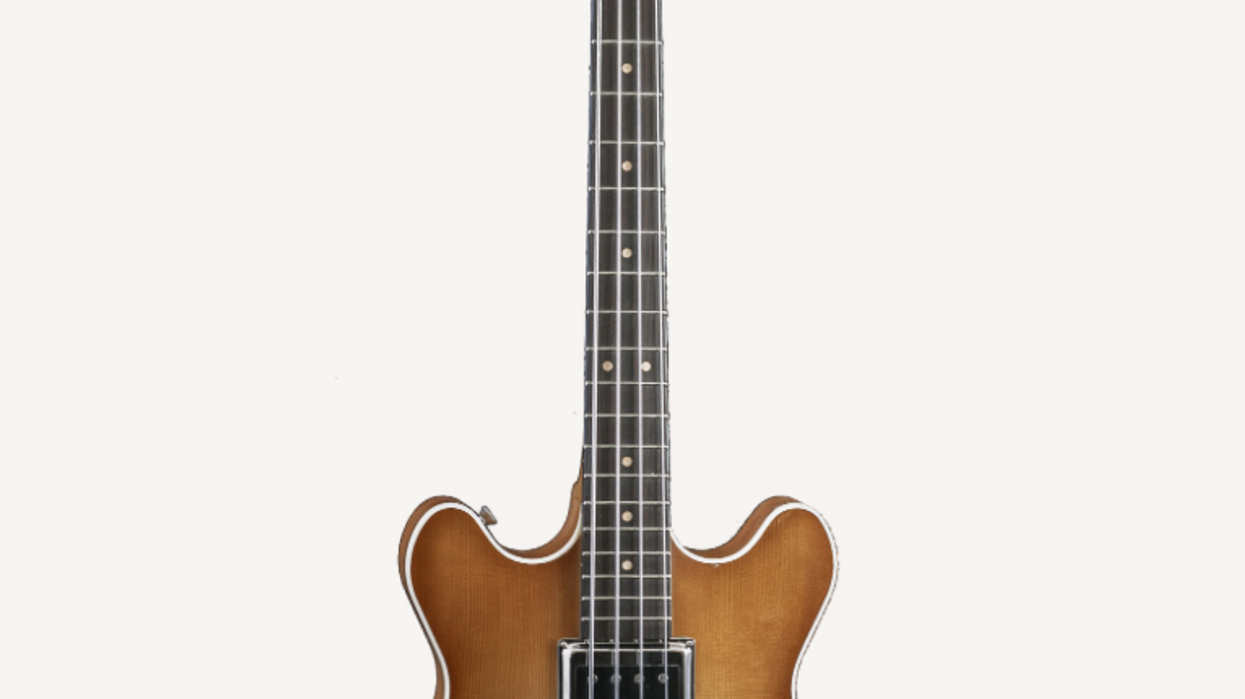In our initial exploration of neck-to-body connections, “The Pros and Cons of Neck Joints,” we examined the impact set-neck, bolt-on, and neck-through systems have on bass construction, repair, and price. Now let’s revisit this topic, but this time from a tonal perspective. In other words, does the type of neck joint affect the instrument’s sound, and if so, how? It’s a hot topic in many forums, but it should come as no surprise that trying to judge completely different instruments solely by their body-neck connection will rarely lead to any useful conclusions.
In addition to weighing the economic implications of a particular neck joint, we all want our luthier to decide what’s sonically best for a given instrument, based on their experience. Unfortunately, when visiting builders’ websites to read their promo materials, the descriptions one finds of the tonal attributes of this or that type of neck joint can be confusing.
For one thing, the terminology is often inconsistent. Here are a few examples: “A screwed neck will provide a brighter, twangier sound with the emphasis on the upper mids.” “A glued neck generally has a warmer sound with more sustain.” “Bolt-on neck designs sound punchier.” “Set or through-neck designs have a warmer, fuller sound.” And according to one builder, using “as many screws as possible per area” for a bolt-on offers “a much faster attack, longer sustain, and a different mid-frequency range.” All this simply shows there’s no real consensus about a neck-joint’s tonal impact, even among luthiers.
We know tone is subjective and discussions about it can get heated, so it makes sense to limit ourselves to examining a single parameter—one that’s relatively easy to measure and describe: sustain. If we were to ask 100 builders and players about neck joints and sustain, 99 of them would probably agree that neck-through construction provides superior sustain.
Is this real or is our human perception fooling us? (You might have heard the story about how an instrument’s finish can affect a musician’s perception of its utility—a tobacco sunburst P bass was judged ideal for blues, for example, while the identical instrument was deemed a funk machine when painted pink.) Because it looks so solid, does neck-through construction imply that it must sound solid? After all, it appears that nothing can get lost in a one-piece connection, and thus the tone can easily flit from neck to body. But is this really how sound generation works?
Manufacturers rarely build identical instruments with different neck joints. And even if they did and through testing determined there was a difference, one could always argue that such differences could be attributed to the wood or any other part. Fortunately, there are at least two scientific studies on the topic of neck joints, and one of them focuses exclusively on differences in sustain (R. M. Mottola, “Sustain and Electric Guitar Neck Joint Type” American Lutherie #91, 2007, p. 52).
For this study, Mottola, a former engineer turned luthier, built a simplified neck-through guitar (Photo 1). It looks a bit odd, but it has everything required for the job: a stiffer body area, a neck, a string-anchor instead of a bridge, tuners, a nut, and a magnetic pickup.
Once he had it strung up and tuned, Mottola took audio samples. He then sawed off the neck and reconnected it with screws to record bolt-on measurements. For the final set-neck tests, he glued the two parts together. The advantage of this setup is that all measurements were taken with the same bridge, pickup, string, and even wood. He finally did power and spectrographic analyses of his recordings.
This yielded a surprising result: The bolt-on showed the longest sustain, while the neck-through came in last. Although these results were visible in the spectrographics, the deviations were rather small. The study also included listening evaluations of the single-note audio samples, but none of the listeners was able to identify any of the different neck joints, which is why Mottola concluded his paper with: “Although limited in scope, this study does suggest that correlation between sustain and neck joint type may not be of practical significance.”



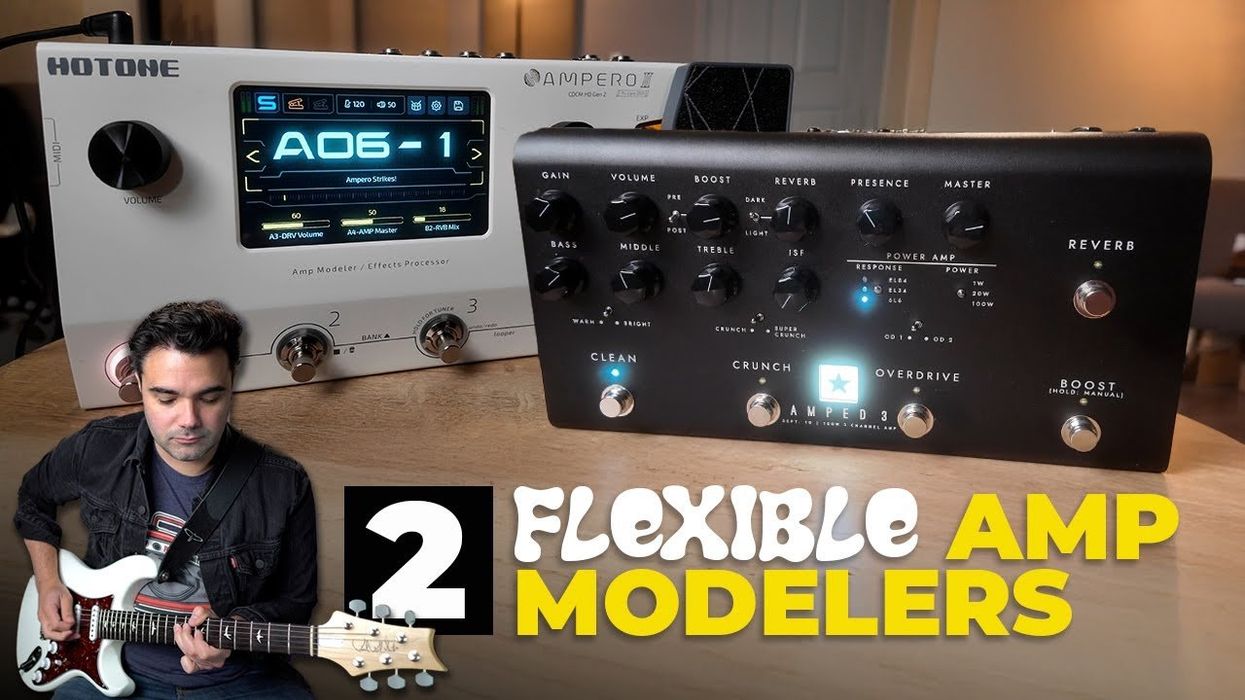

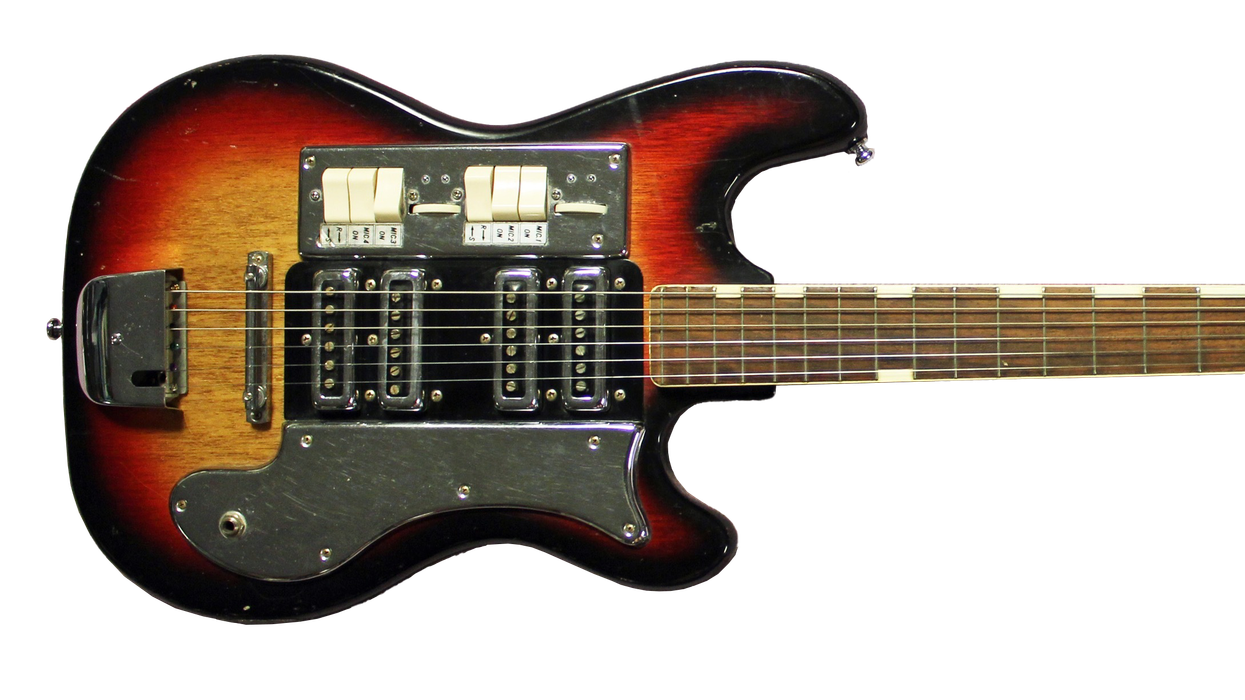

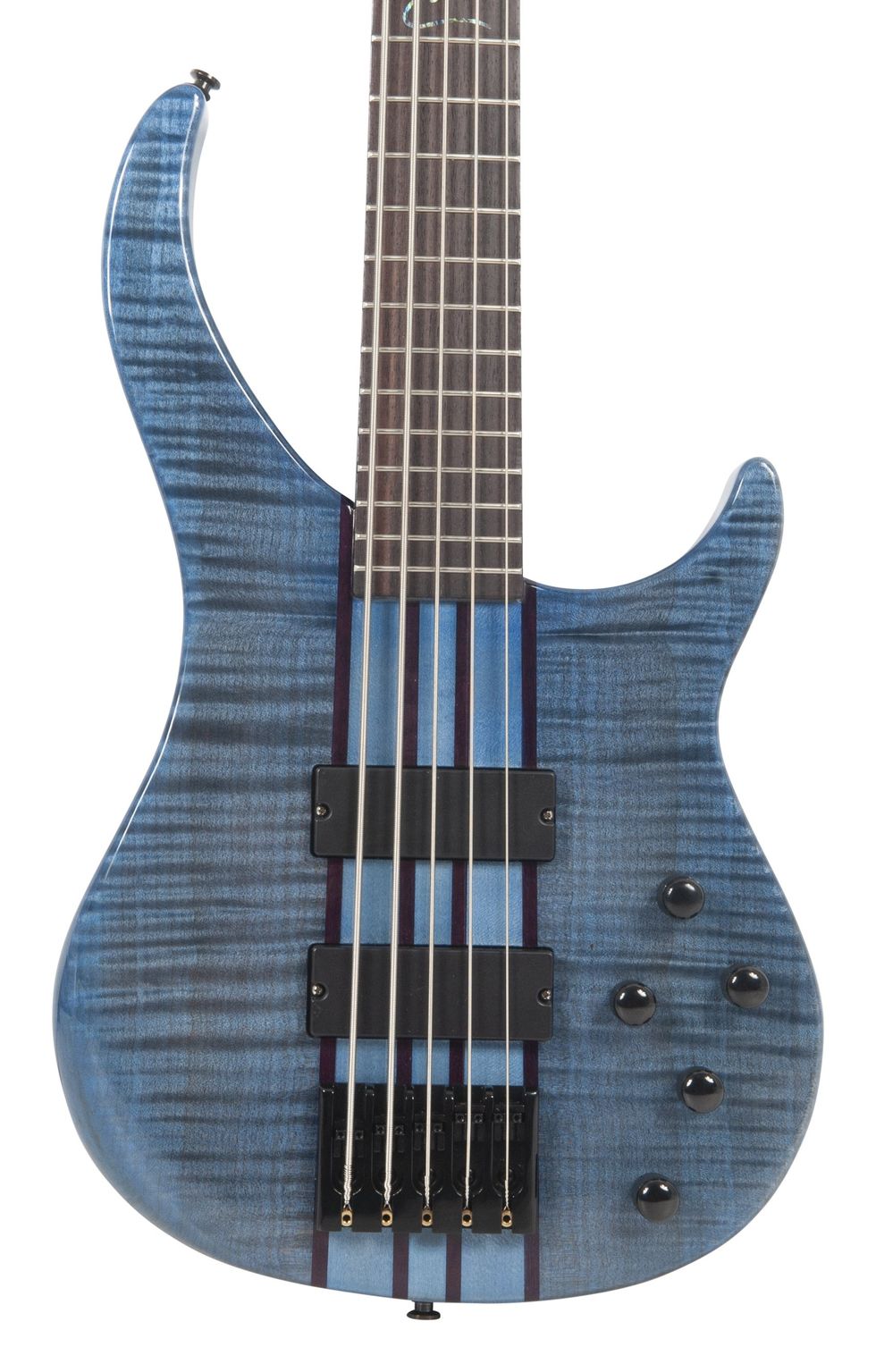 Peavey Debuts New Cirrus Bass Guitars Models
Peavey Debuts New Cirrus Bass Guitars Models

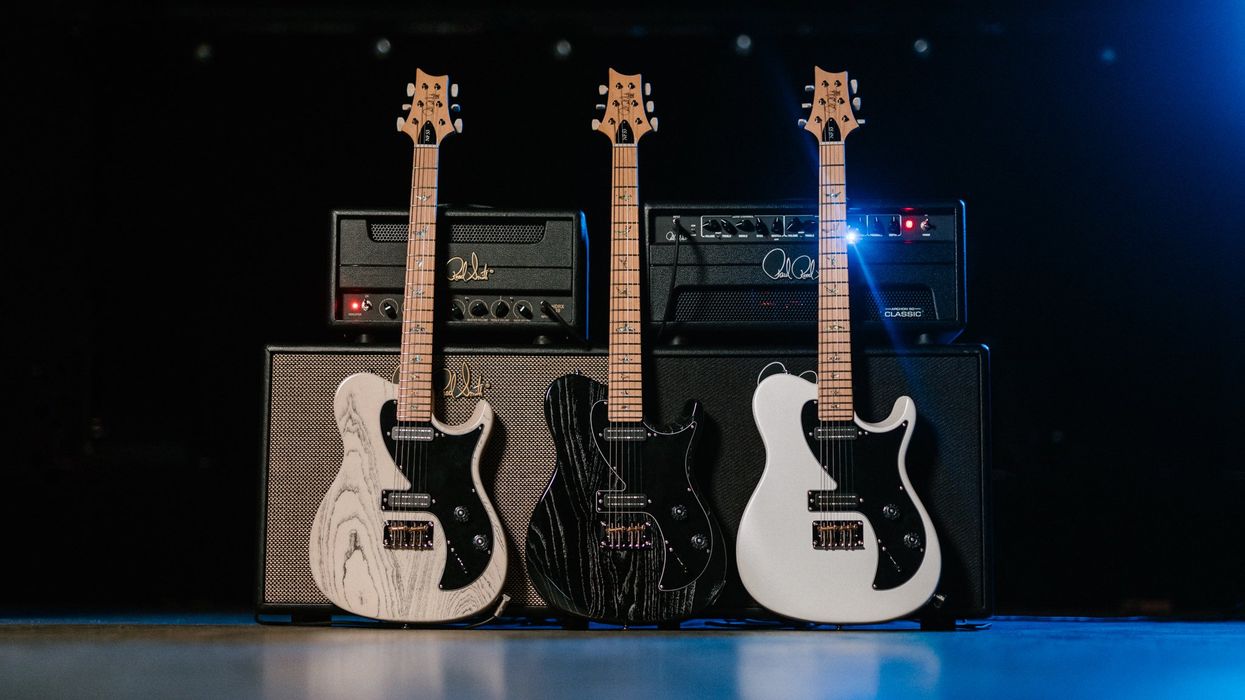
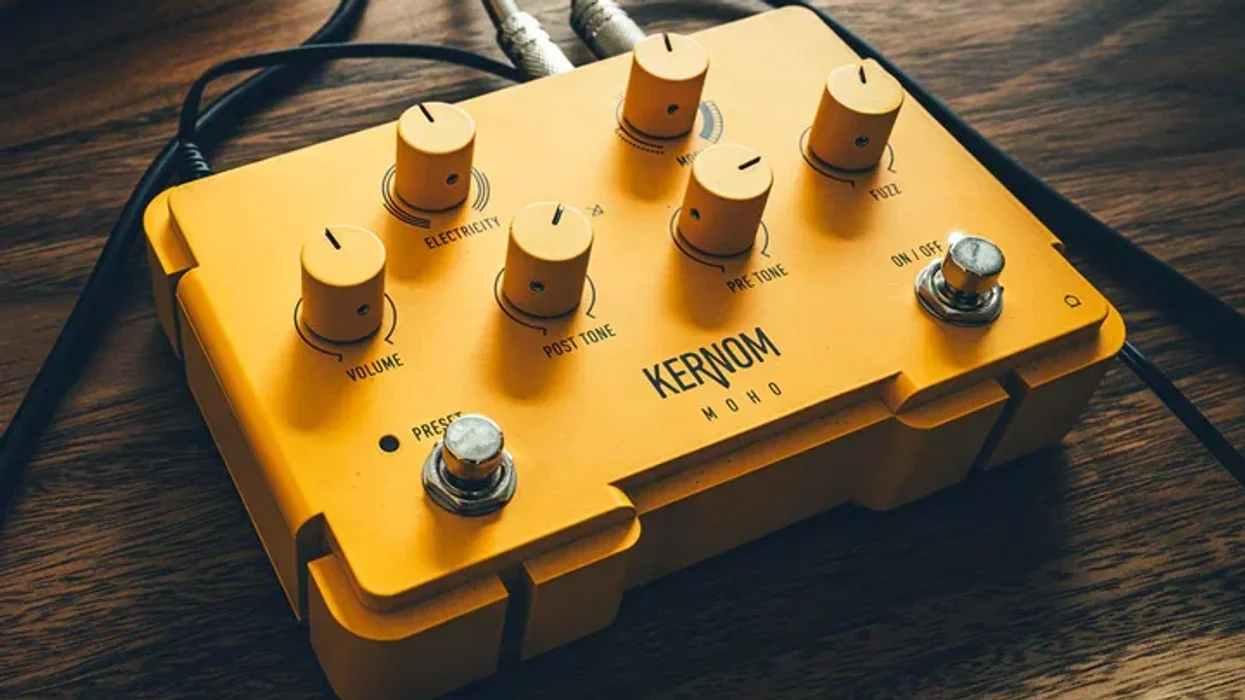

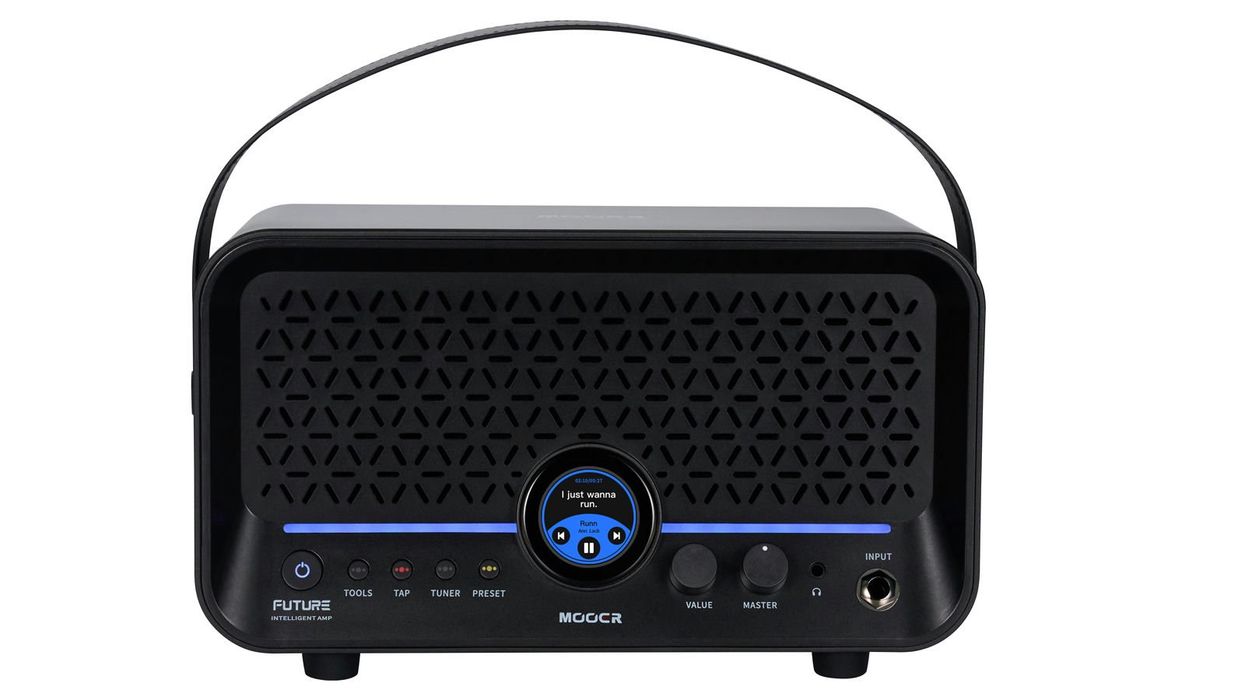



![Fontaines D.C. Rig Rundown [2025]](https://www.premierguitar.com/media-library/image.jpg?id=60290466&width=1245&height=700&quality=85&coordinates=0%2C0%2C0%2C0)
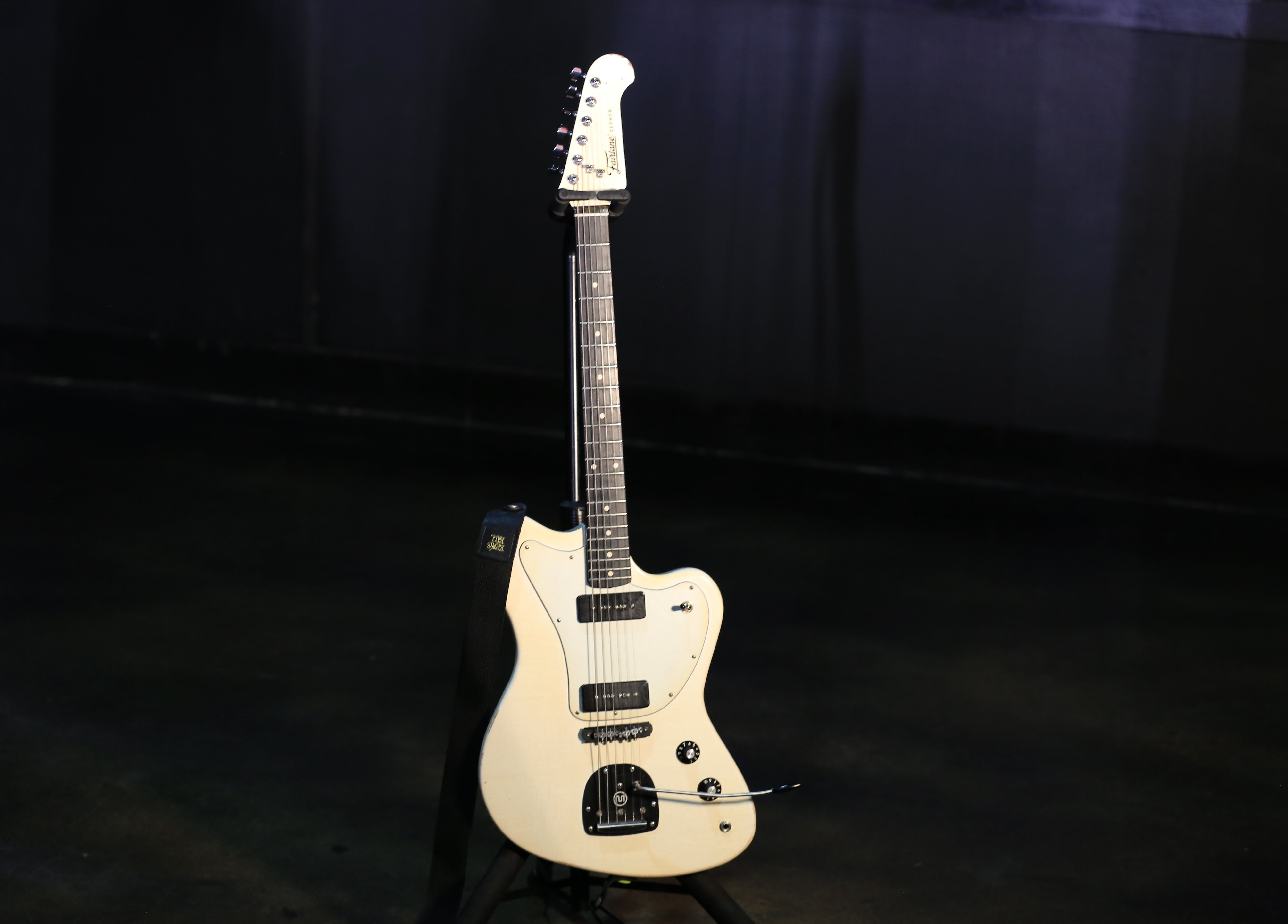
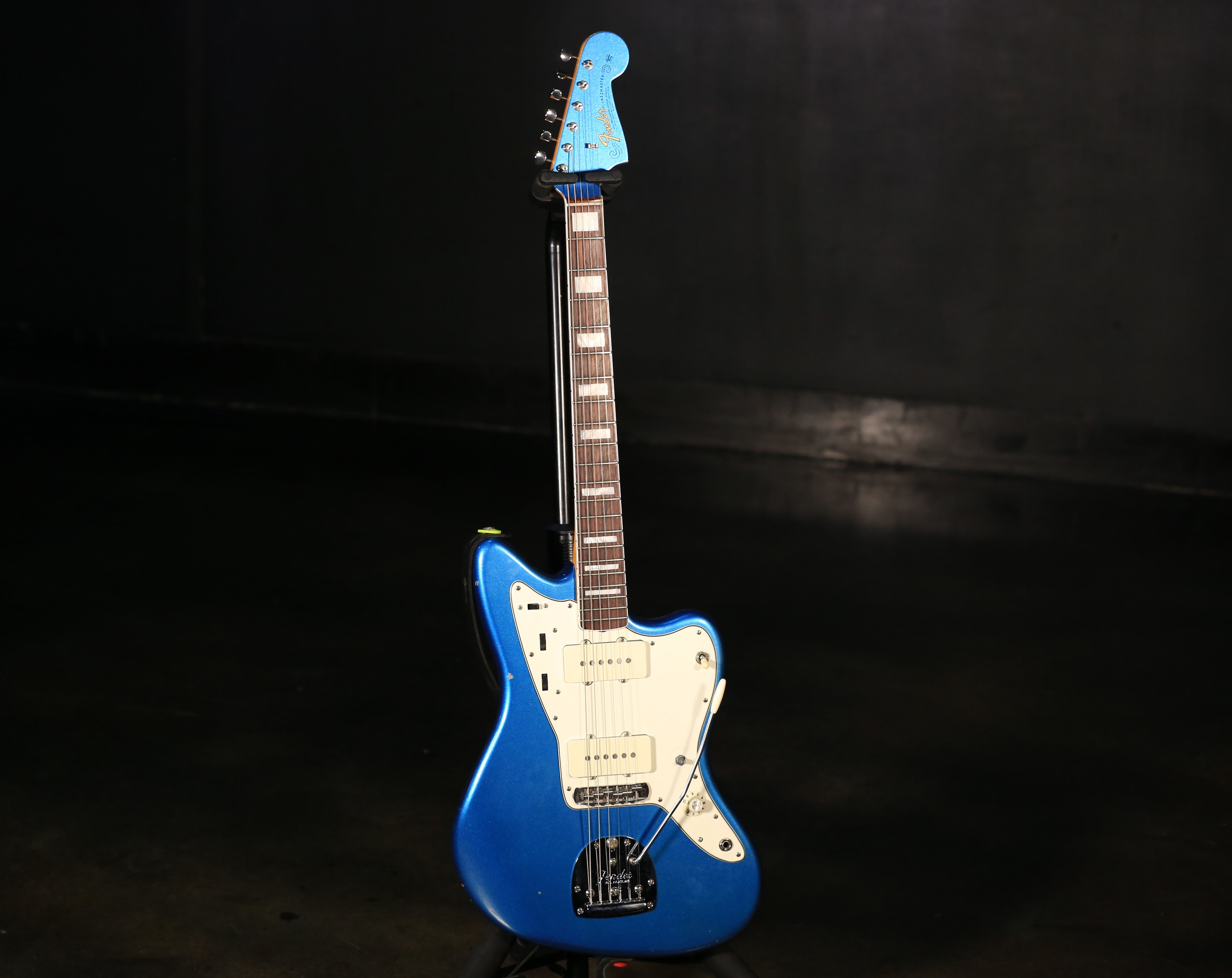
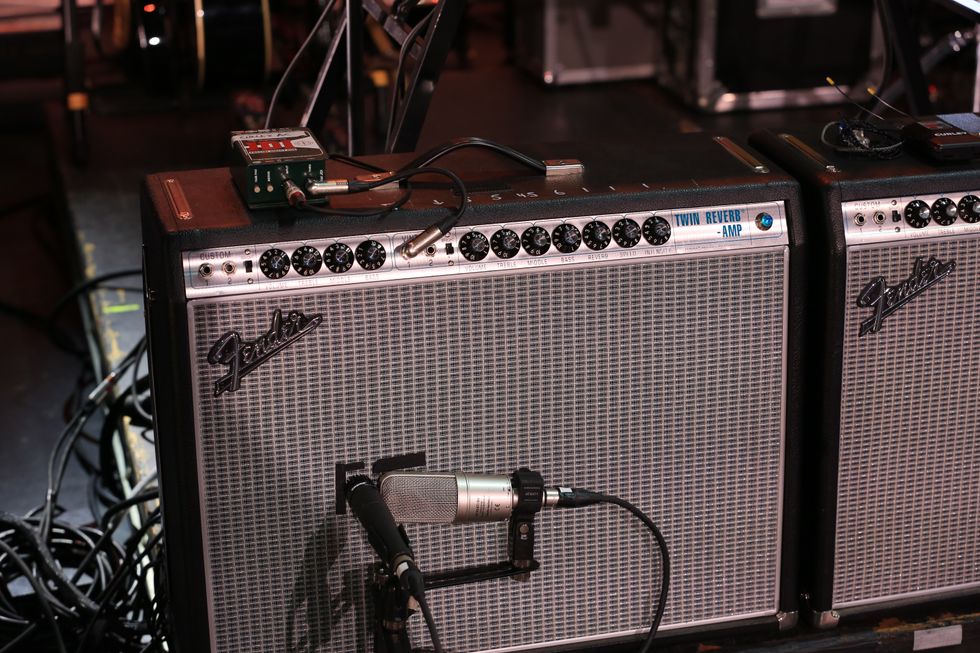
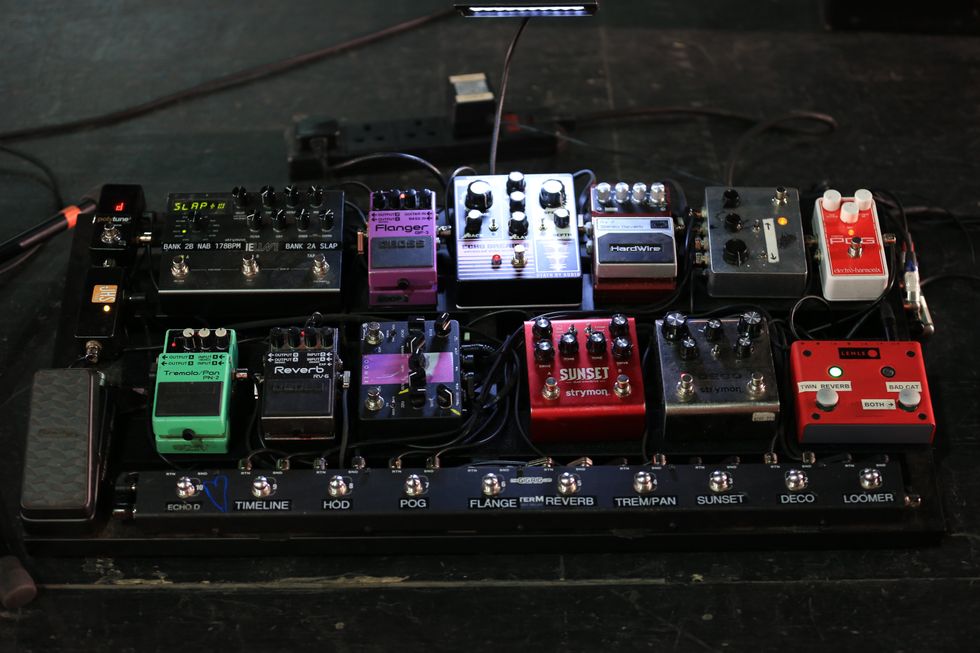
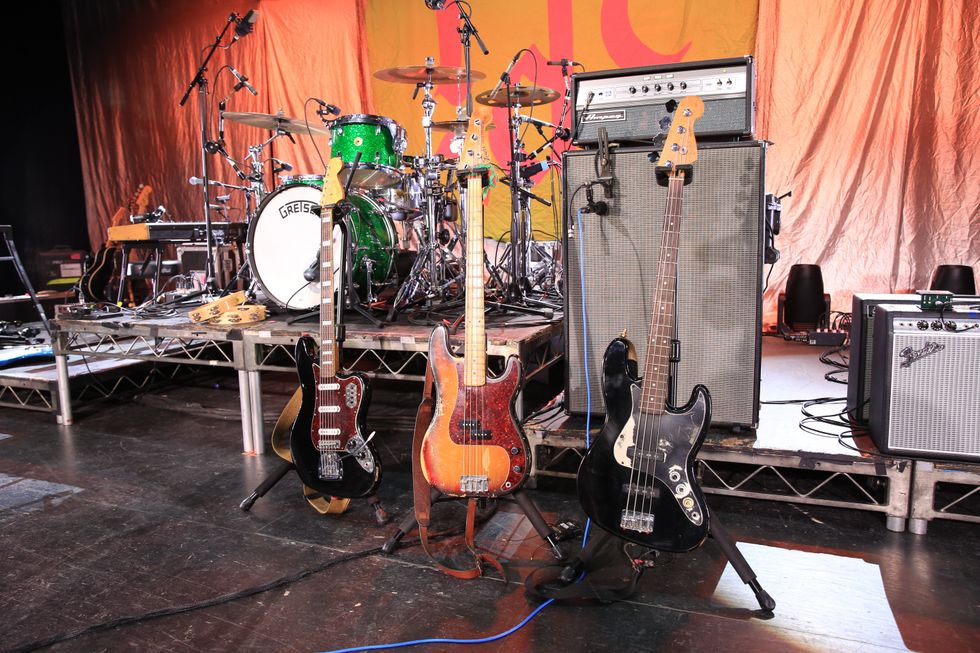
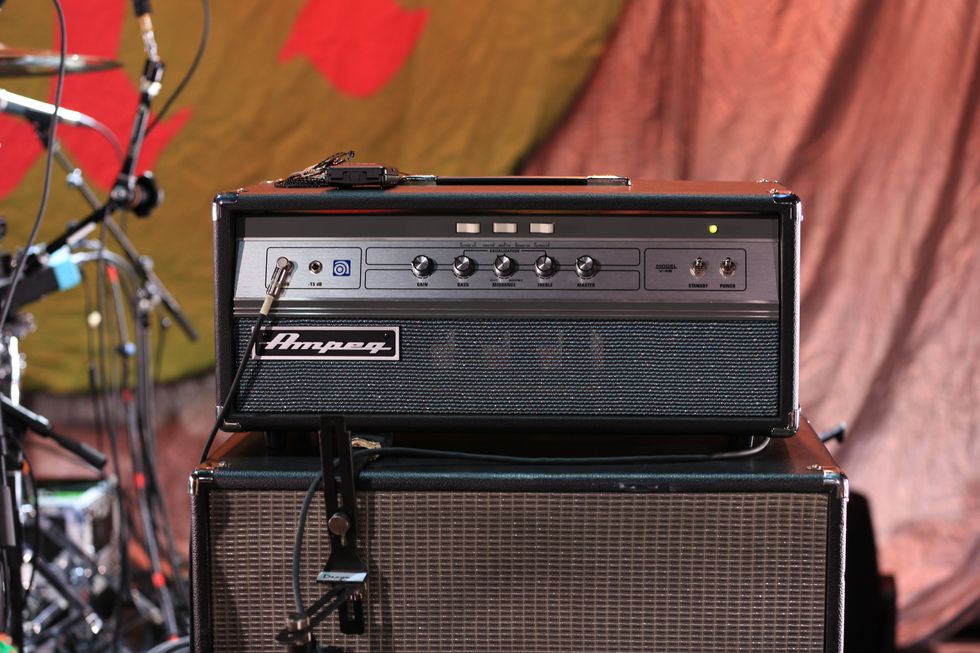
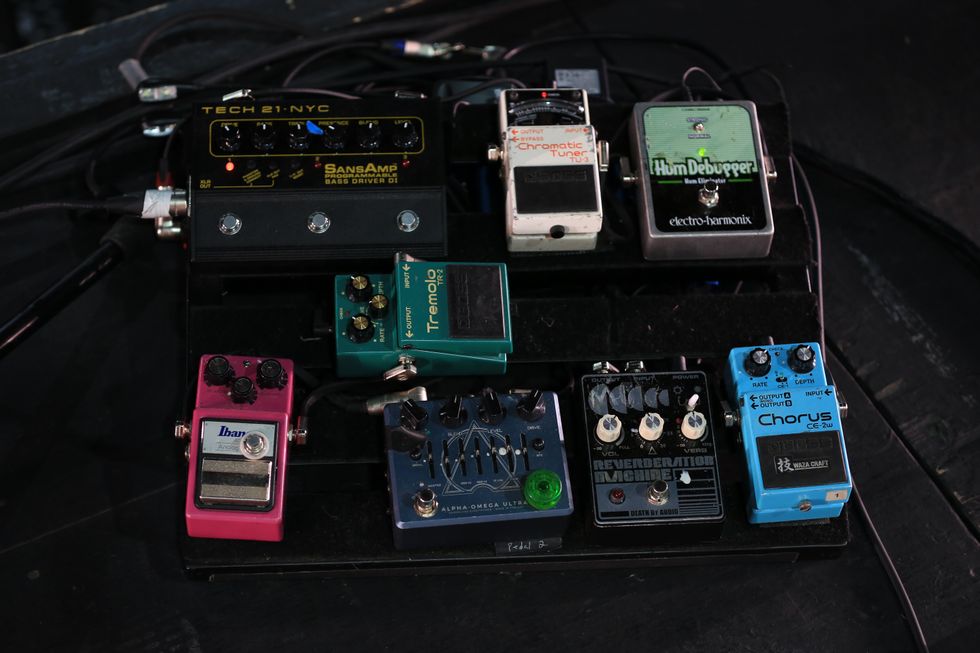
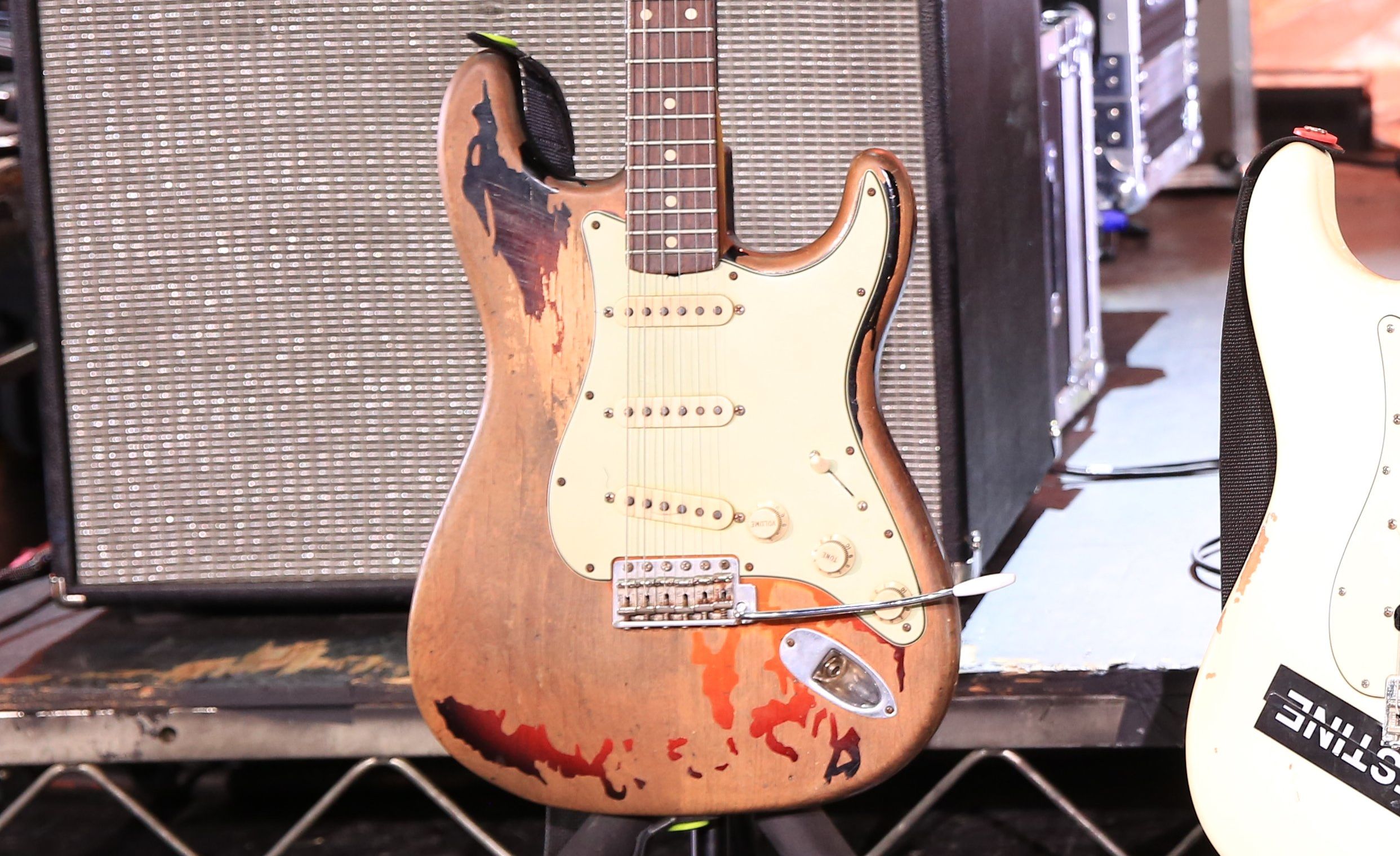
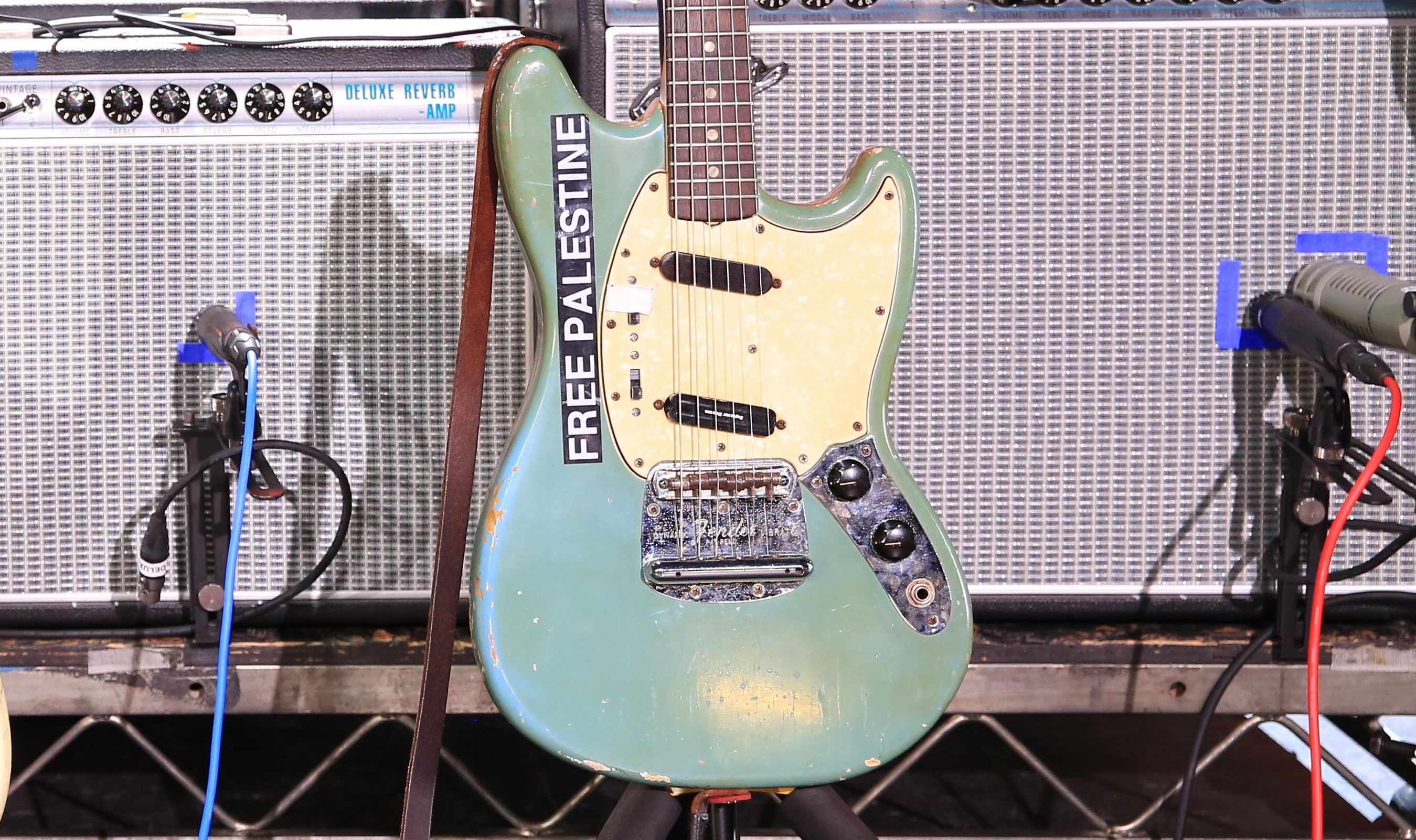 Mustang Muscle
Mustang Muscle